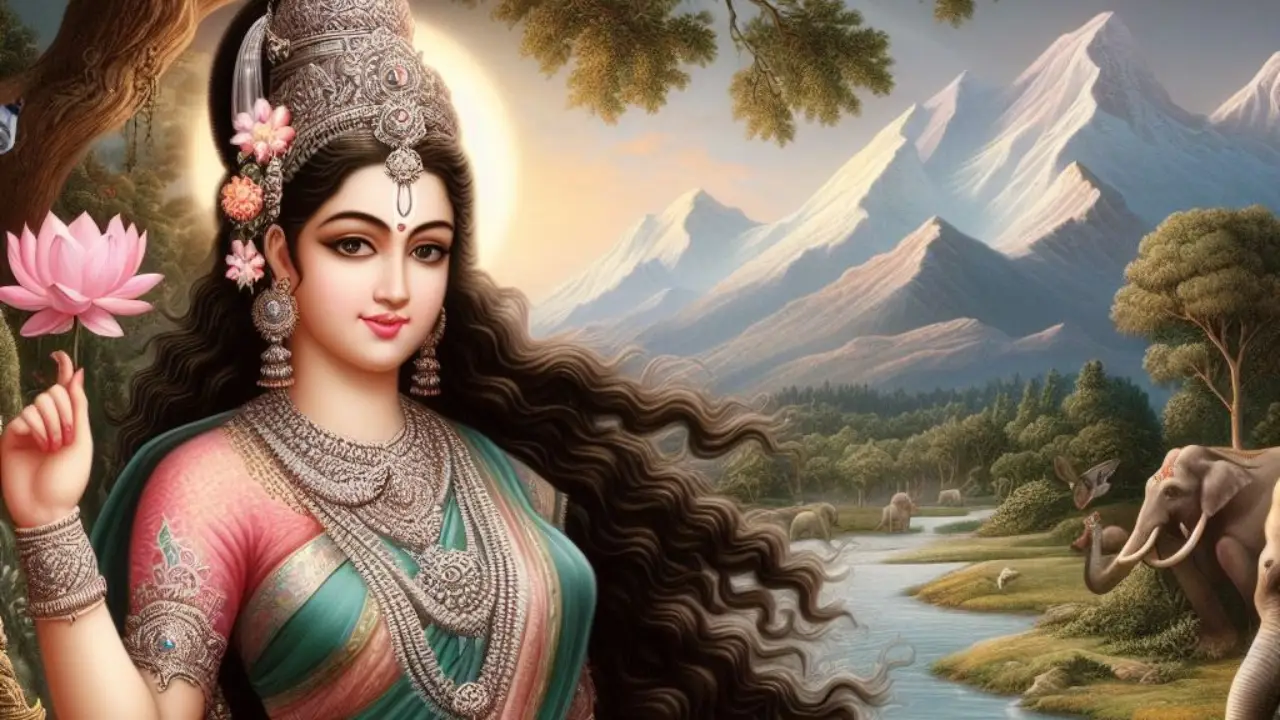For millennia, people have revered Goddess Parvati as a protector of women, embodying strength, compassion, and wisdom. Her presence in Hindu mythology symbolizes the eternal feminine energy that stands as a guiding force, inspiring and safeguarding women in various aspects of life. In this blog post, we delve into the profound significance of Parvati’s role as a protector and how her legacy continues to shape and empower women in the modern era.
The Divine Mother
Parvati is one of the principal deities in Hinduism, depicted as the consort of Lord Shiva, the destroyer and transformer. As the Divine Mother, she personifies love, fertility, and devotion. Her celestial beauty is matched by her unyielding determination to safeguard those who seek her protection. Through her compassionate and nurturing nature, she creates an environment of comfort and security, nurturing the feminine spirit.
The Birth of Goddess Parvati
In Hindu mythology, Parvati was born as the daughter of King Himavan and Queen Maina. From a young age, she exhibited unwavering strength and resilience. Her ardor to be with Lord Shiva led her to undergo intense penance, earning her the title of “Adi Shakti” or the primal energy. This determination showcases her deep-rooted commitment to her cause, demonstrating that her purpose transcends mere romantic interests.
Goddess Parvati – The Protector of Women
Championing Equality:
Parvati exemplifies gender equality by embracing her femininity without compromising her strength. She encourages women to embrace their individuality, break societal norms, and stand firm against injustice. Through her portrayal as a powerful goddess, she becomes a symbol of empowerment for women striving for equality and respect.
Empowering Motherhood:
As the divine mother, Parvati symbolizes the nurturing aspect of womanhood. She encourages mothers to raise their children with love, compassion, and wisdom, instilling values that shape future generations. Her divine motherhood reminds women of their innate capacity to foster love and understanding, nurturing the growth of their children and society.
Vanquishing Evil:
Through various myths and legends, Parvati is depicted as a warrior who vanquishes evil forces threatening the world. She fearlessly confronts malevolent beings, demonstrating that women have the strength to overcome challenges and protect themselves and their loved ones.
Guiding through Relationships:
As Shiva’s consort, Parvati’s relationship is celebrated for its deep love and understanding. She inspires women to seek mutual respect and support in their partnerships, fostering healthy relationships built on trust and harmony.
Promoting Self-Discovery:
In her pursuit of Lord Shiva, Parvati undertook self-discovery, reflecting the importance of understanding oneself before seeking the protection of others. Women are encouraged to find their inner strength and purpose, embracing self-discovery as a powerful means of personal growth.
Goddess Parvati in the Modern World
Parvati’s legacy extends beyond mythology, finding relevance in the contemporary world:
Inspiring Icons:
Many women today draw inspiration from Parvati’s portrayal as a strong, independent goddess, reflecting her qualities in their daily lives. Her image serves as a beacon of hope and strength for women across cultures and backgrounds.
Advocating Women’s Rights:
Parvati’s image as a fierce protector encourages women to stand up against violence, discrimination, and gender bias, advocating for equal rights and opportunities. Her story empowers women to become agents of change, demanding and driving societal progress.
Breaking Stereotypes:
By embracing her dual role as a mother and warrior, Parvati shatters stereotypes about women’s capabilities, inspiring them to embrace their multifaceted identities. Her example challenges societal norms, encouraging women to pursue their passions fearlessly.
Building Supportive Communities:
Parvati’s belief in building strong relationships encourages women to form supportive communities that foster growth, understanding, and collective progress. In doing so, women create networks of support and empowerment, enabling each other to achieve their full potential.
Conclusion
Goddess Parvati’s role as a protector of women is etched deeply in the tapestry of Hindu mythology. Her timeless wisdom, strength, and compassion continue to empower women across generations, transcending the barriers of time and space. As we embrace her teachings, we recognize the value of standing together, supporting one another, and nurturing the divine feminine within. Let Parvati’s legacy inspire us to be the protectors of our own destinies and forge a brighter, more equitable future.

